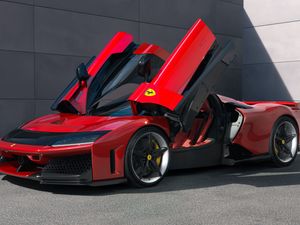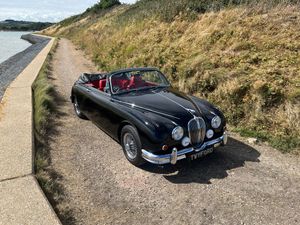Rolls-Royce commemorates end of Wraith production with limited-edition model
Just 12 of the Black Badge Wraith Black Arrow models will be made.
Rolls-Royce’s Wraith production is drawing to a close with a special release of just 12 ‘Black Arrow’ models.
The Wraith will be the last V12 coupe built by Rolls-Royce as the firm switches to a fully electric future, with the high-performance engine being a frequent option in the Goodwood-based company’s line-up of powertrains.

In fact, this limited-edition ‘Black Arrow Collection’ takes inspiration from the world land speed record-beating ‘Thunderbolt’ from 1938, which used a pair of Rolls-Royce V12 ‘R’ Series aero engines. Piloted by Captain George Eyston, it managed a top speed of 357.497mph.
However, Thunderbolt’s polished aluminium body meant it was ‘almost impossible’ to tell when it passed the timing equipment. Eyston, in response, painted a large black arrow incorporating a yellow central circle motif on the side of the car to that it could be clearly seen at high speed.
This is reflected in the Black Badge Wraith Black Arrow Collection’s design, with bright yellow bumper inserts harking back to the Thunderbolt’s appearance. It also features a glass-infused ‘crystal’ paint which enhances the transition between the two exterior paint colours – Celebration Silver and Black Diamond.
This special technique also gives the bodywork a texture ‘inspired by the crusted surfaces of the Bonneville Salt Flats’, where the Thunderbolt was put to the test.
Inside, the car’s main fascia celebrates the Wraith’s V12 engine, with the high-output engine depicted via an engraving into a single sheet of black-coated aluminium. The special-edition model also gets a bespoke version of Rolls-Royce’s famous ‘Startlight Headliner’ which, in this application, incorporates 2,117 fibre-optic ‘stars’ – the most ever used in a Rolls-Royce. Created by hand, it shows the constellations just as they would’ve been over the Salt Flats in Utah on September 16, 1938 – the day of Eyston’s record-breaking run.





